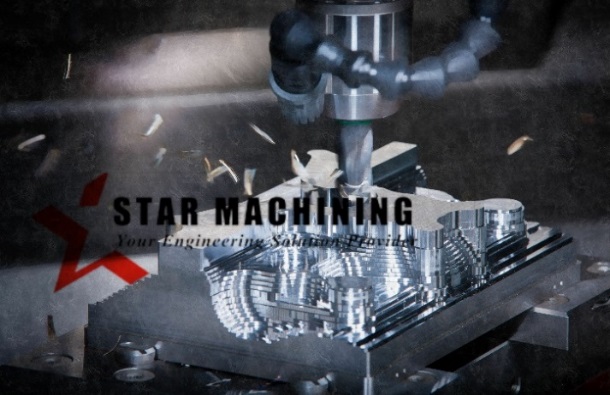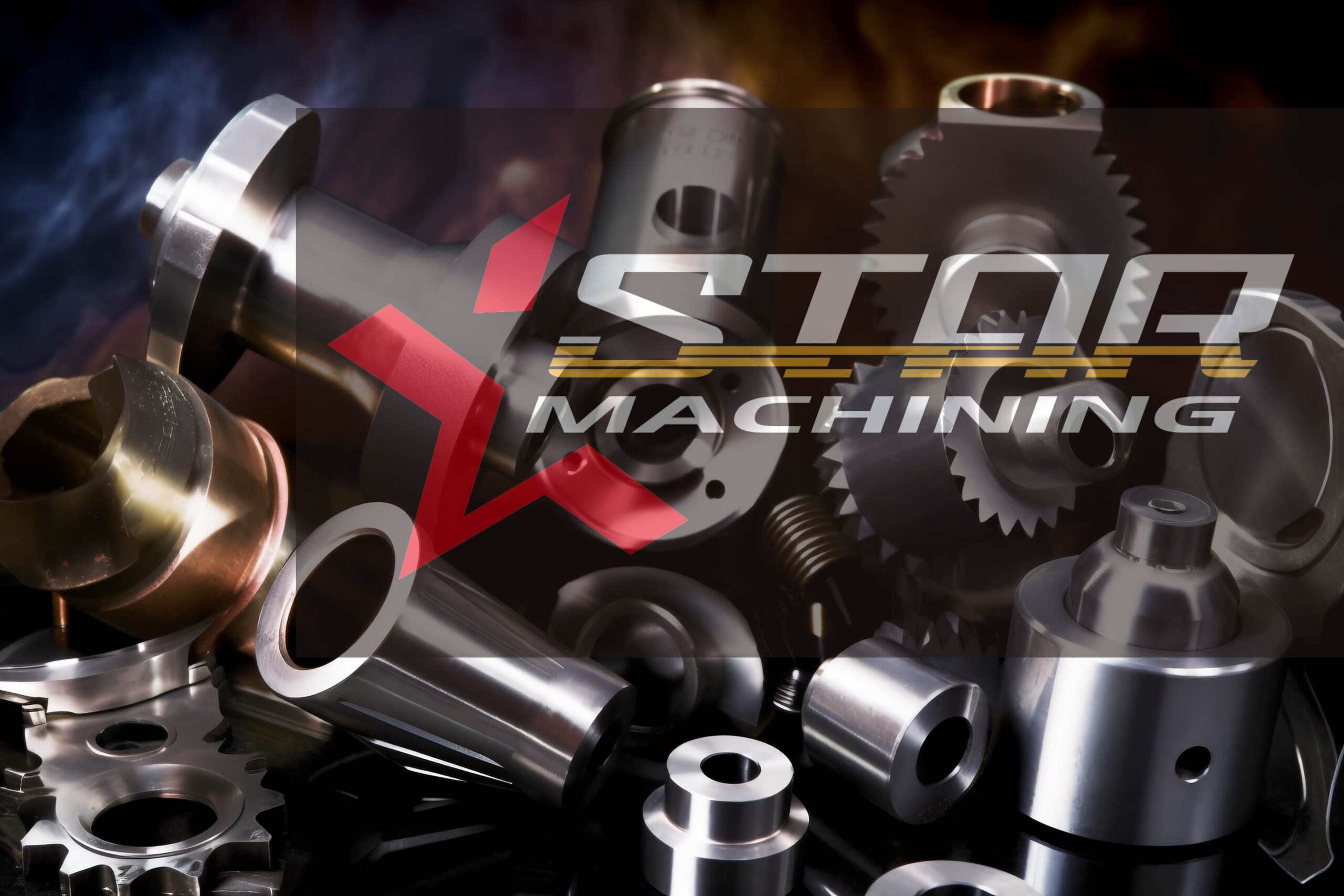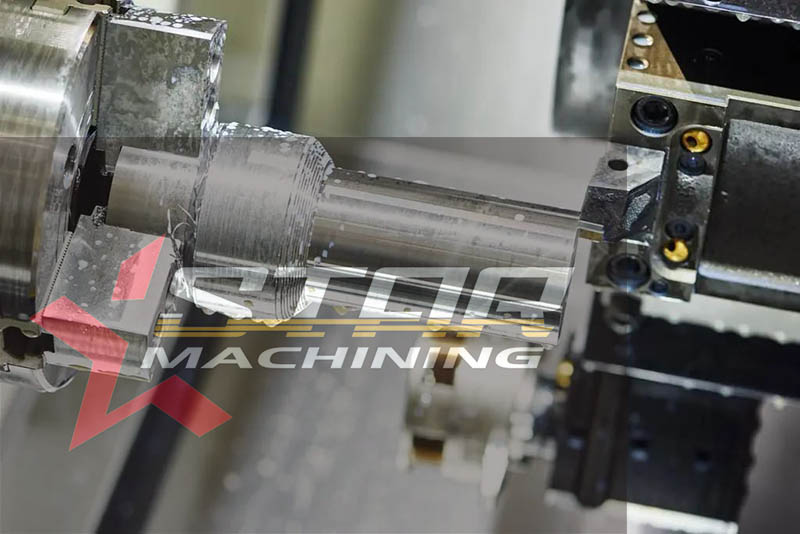With increasing demands on casting quality and a tendency to thinner-walled structures for high performance components, the production of the corresponding cores has become a limiting factor for casting quality and productivity. The lifetime of a core can be investigated using simulation to optimize the process and core layout. And there are some important critical factors which need to be considered while developing the molds namely, Die Draft, Parting lines, Ribs, holes and windows, Fillets, wall thickness, reducing sharp corners.
It is very necessary to do analysis of the molds that we are designing, by the use highly optimizing software’s. This will help us in achieving the proper layout of the core and cavity. Also, a developing team that work continuously in the improvising section. Die casting molds are the necessary demand of the automotive industries and many other industries. And thus to get best results, the molds should be developed and manufactured by the use of hi-technology equipment’s like CNC milling machine,EDM, Die spot machines, Grinding and etc. In which all the critical aspects must include that will result in precise and better quality work.
The success of any molding job governed basically by the skills employed in the design and construction of the mold. An injection mold is a precision instrument yet must be rugged enough to withstand hundreds of thousands of high-pressure molding cycles.
The true cost of a mold includes not only the costs of design and construction, but also mold- maintenance costs and the mold-related costs associated with scrap, cycle time, part quality problems, and press down time. In the long run, the least-expensive mold option seldom produces the most economical, high- quality parts. Extra engineering and expense up front can improve molding efficiency and increase the number of good parts the mold can produce.






